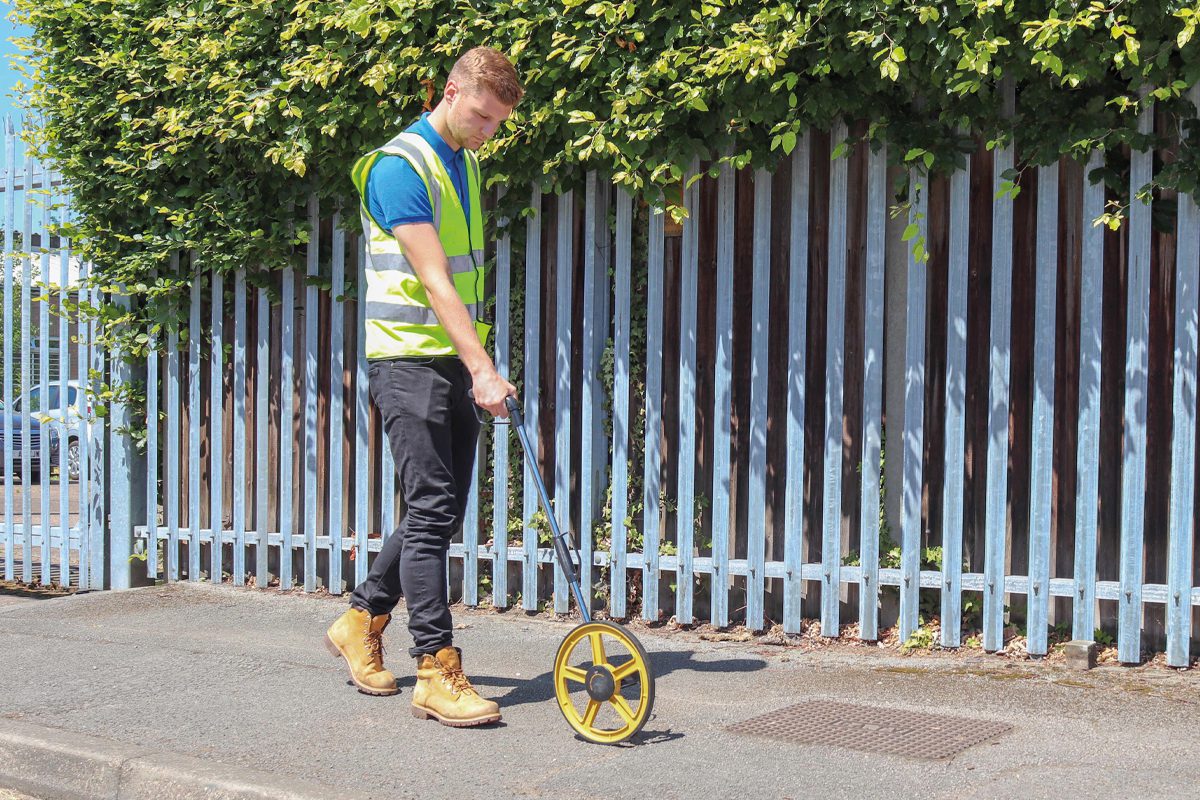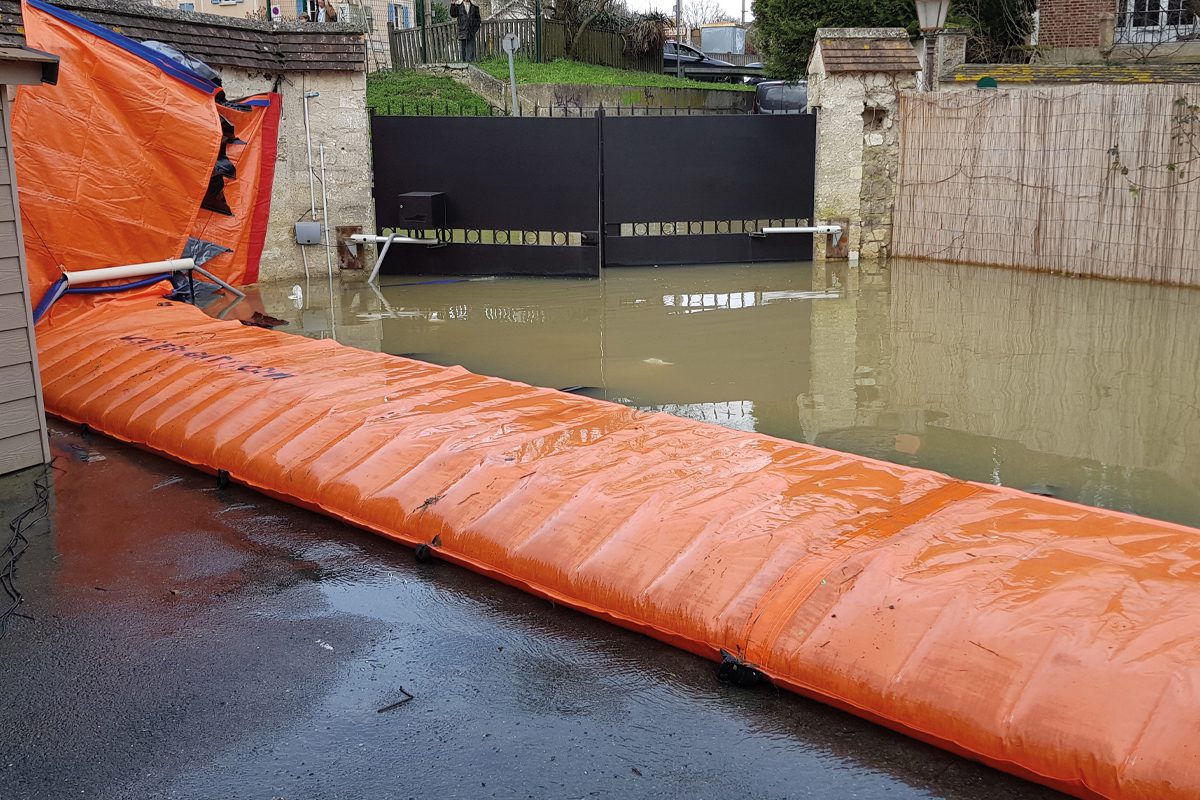Civil engineer and Chartered Water & Environmental Manager Simon Crowther has both personal experience of flooding (as “victim” in 2007), and expertise in tackling it, as director of Flood Protection Solutions, which he founded in 2012. Here, he offers his own thoughts on the sector’s current shape and direction
The UK has experienced devastating flooding this winter with unrelenting storms damaging property, and very sadly causing loss of life. Flooding is the biggest threat the country faces as a result of climate change, and our rainfall events are likely to become ever more extreme.
The government is simply not able to protect everyone from flooding. Even government schemes do not remove risk, they reduce it, and with flooding posing a threat to around 5.2 million properties, you would imagine that the flood protection sector was well supported, well regulated, and in high demand. Unfortunately, this has not been the case. Flooding is often ‘out of sight, out of mind’ and with investment being reactive rather than proactive, the sector has struggled. 2018 saw the closure of five flood protection companies, the largest of which employed 34 staff at the time of closure.
Deluge or drought
It is vital that we have companies in the private sector which can provide flood mitigation measures, as the damage and distress that flooding causes is huge. The ‘knee jerk’ or reactive approach to funding has not provided for a planned, long-term approach to growth, training and innovation.
Following the 2013/14 floods there was a ‘Repair & Renew’ grant available to homes and businesses to establish flood resistance and/or resilience measures to reduce the risk of future flooding or minimise its impact. The Government expected the flood defence sector to suddenly be able to accommodate this increase in work. Subsequently, when the funding dried up, it left a drought of work in the flood protection sector. Funding is once again available and the Government will expect the private sector companies to cope with the demand, yet many of the skilled workers have left the sector and are working elsewhere.

Improving regulation
Fortunately, there is some positive news for the sector as it becomes more regulated and well respected. A voluntary CIRIA Code of Practice was launched in February, which was formulated by a board of industry representatives, with the aim of driving up standards in the sector. The code of practice sets out different steps to follow, initially starting with a risk assessment and then a survey.
Following previous flood events, the flood protection sector had a strong focus on flood mitigation products. Anyone could claim to be a ‘flood surveyor’ and recommend a plethora of equipment to reduce flood risk. Unfortunately, this often led to aspects being missed. The Association of British Insurers (ABI) now recommend that flood surveyors are either Chartered Surveyors, or civil engineers. Arguably, the flood survey is the most important part of the flood mitigation process, as the defences recommended must be appropriate to the construction type, level of risk, and client goals.
Things that need to happen
As the sector moves forwards, I believe the risk assessment and surveying aspects will become larger in the flood protection industry, as the importance of getting good advice is recognised. I believe that the design stage of the process will be the largest area of growth.
Unfortunately, there still aren’t any set regulations for qualification requirements, and I remain concerned that following the recent funding injection, we will see poorly qualified or inexperienced individuals offering site surveys, without fully understanding all the implications.
To help avoid this happening, the existing sector needs to collaborate to enforce the voluntary standards, and ensure high level advice is available.
The UK flood protection sector has had to weather a storm. However, with a recent injection of funding, a new code of practice, and signs of growing public appreciation of the impacts of climate change, I am hopeful the sector is coming out the other side. To move forwards, we need to see the flood protection industry becoming more well respected, with ongoing investment in training, and research and development. The private sector has struggled to support itself and needs additional assistance to raise awareness of flood risk, helping ensure that the future risk levels – which will be unquestionably greater – can be well managed.









